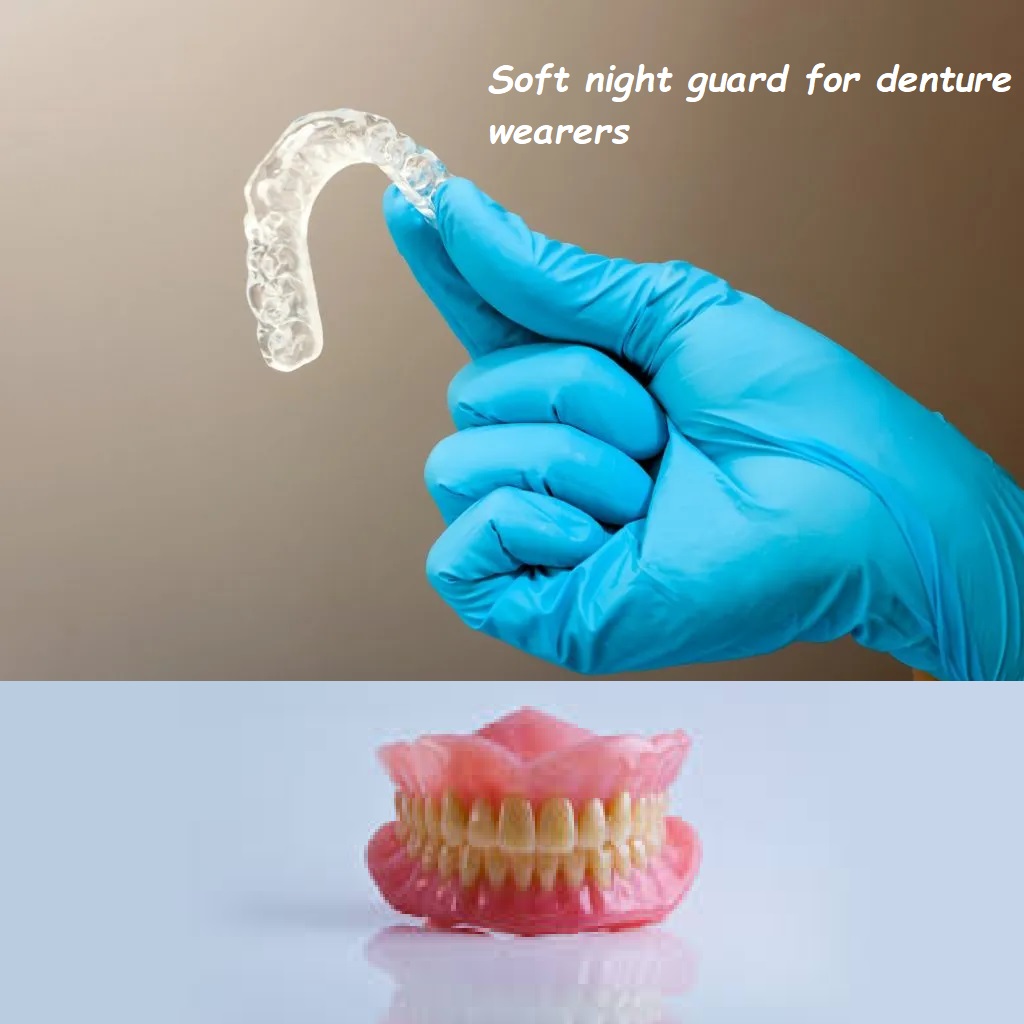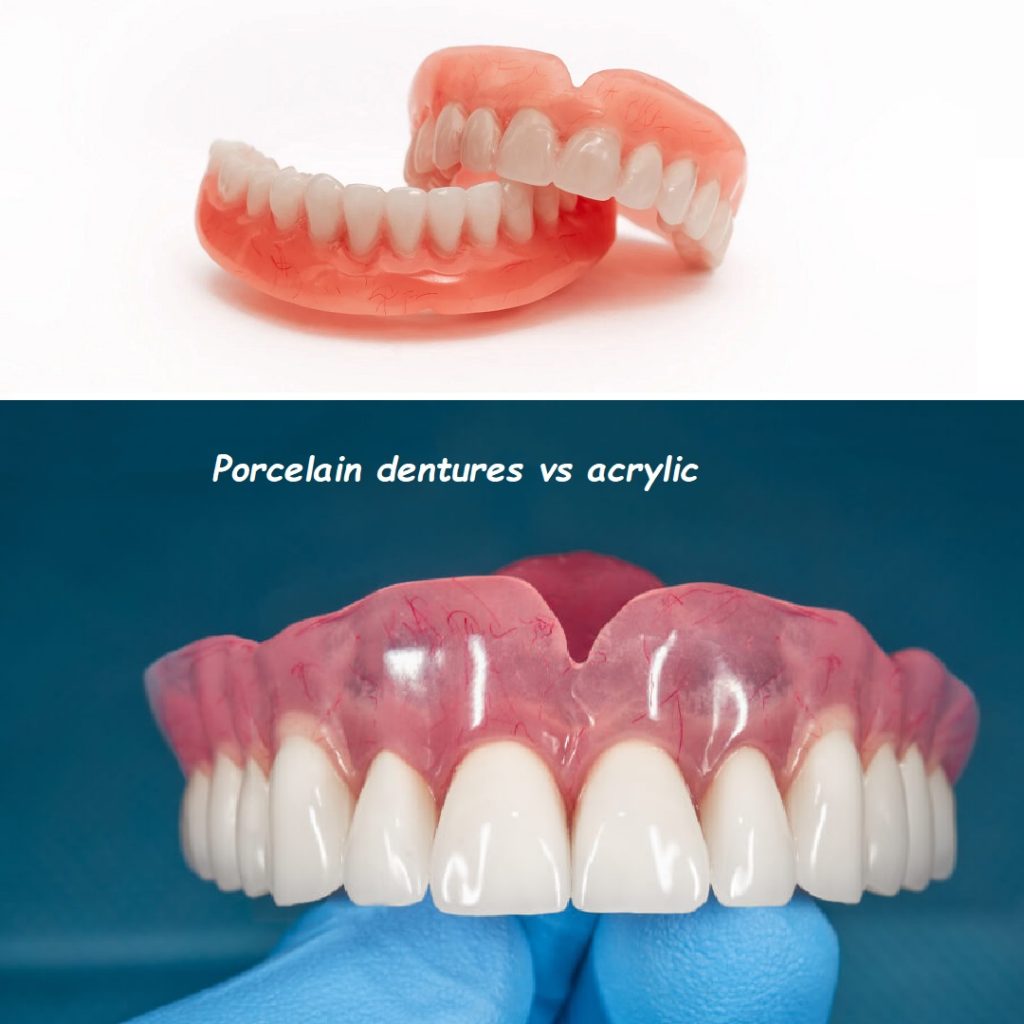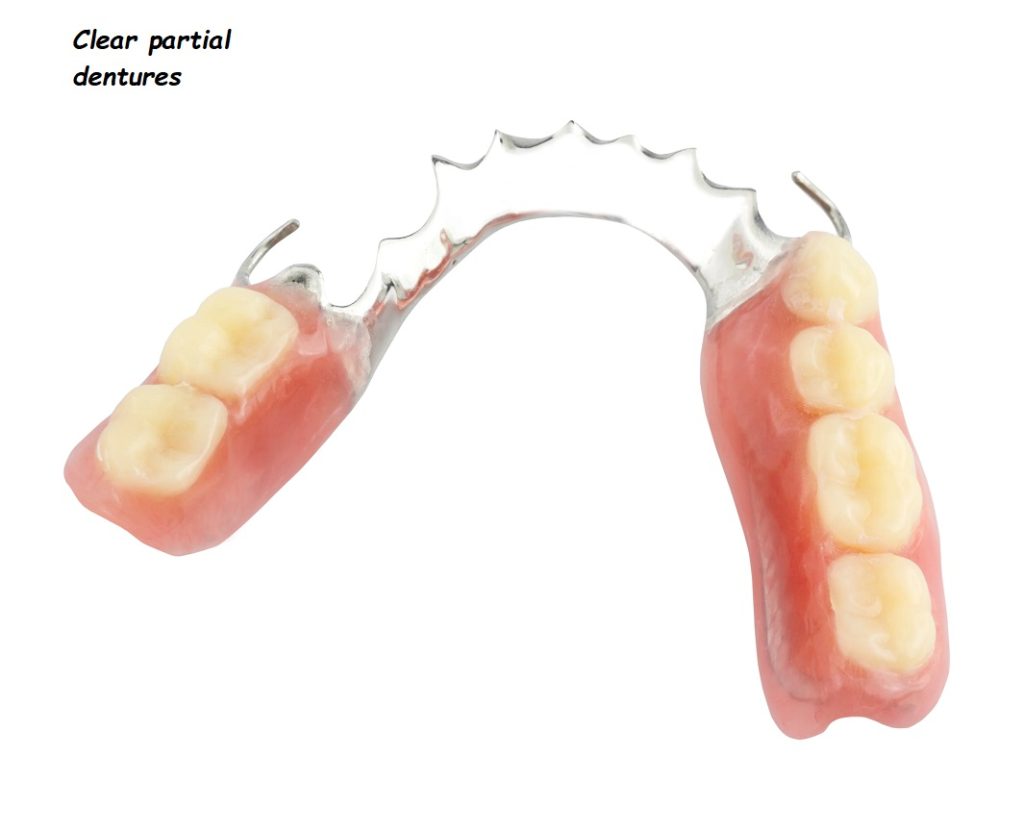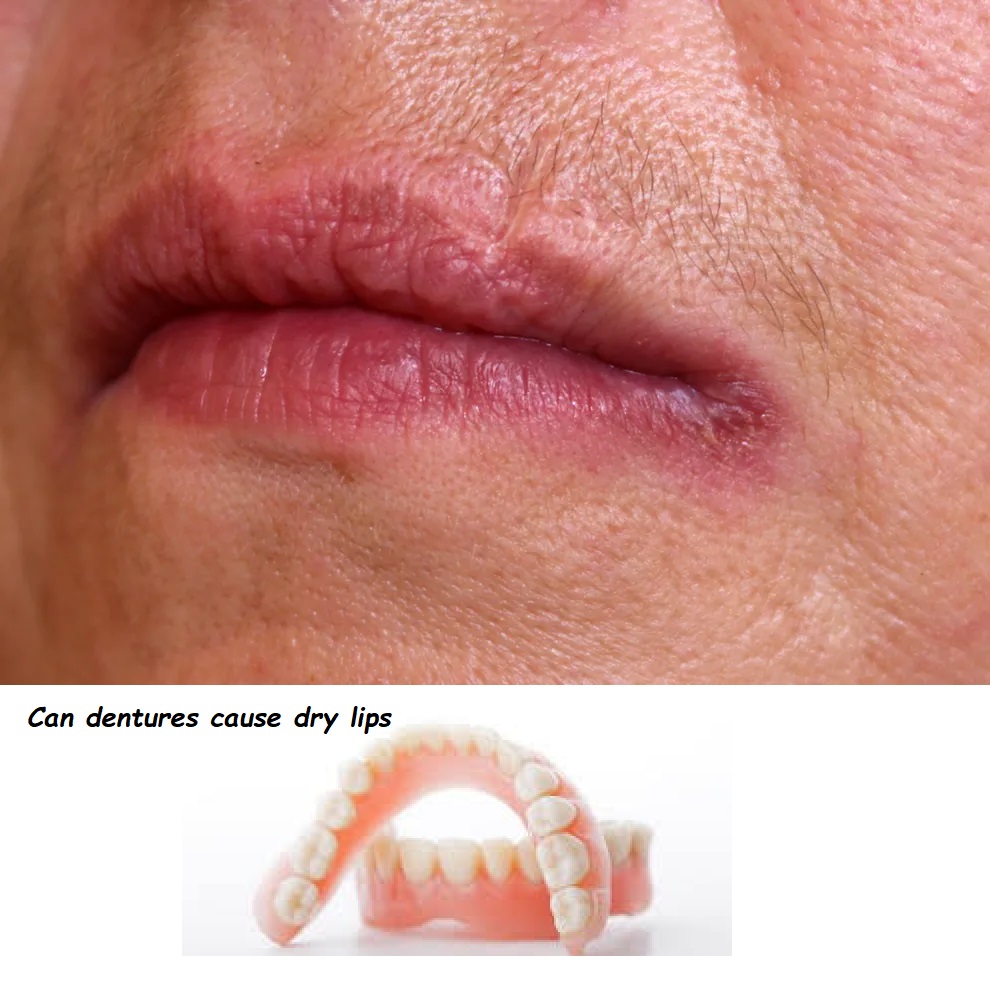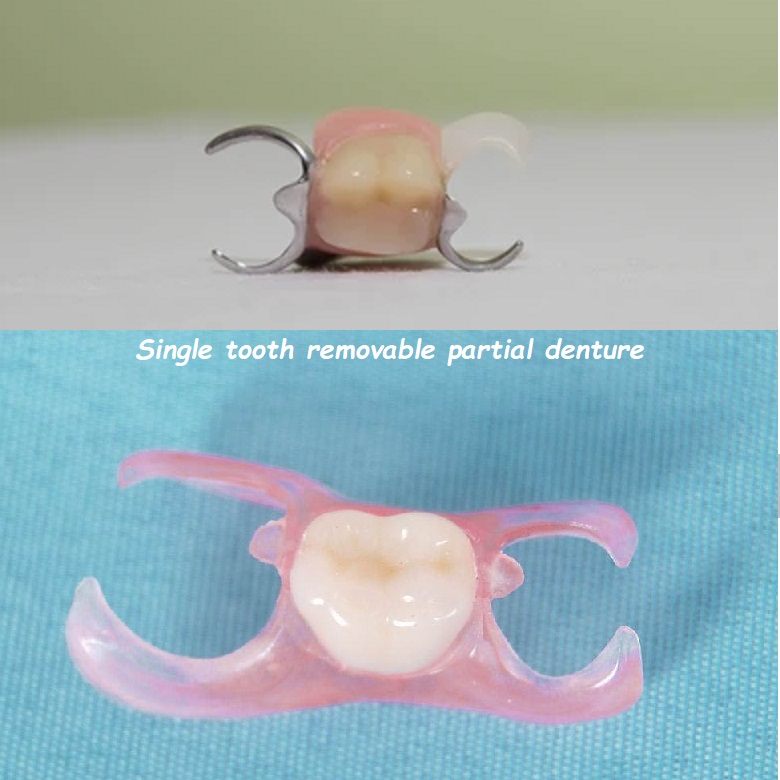invisible dentures
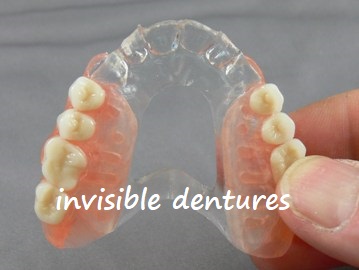
Invisible dentures, also known as clear or flexible dentures, offer a modern and aesthetically pleasing solution for those who need to replace missing teeth. Unlike traditional dentures, which can sometimes be conspicuous and uncomfortable, invisible dentures are designed to blend seamlessly with your natural teeth and gums, providing a more natural appearance and improved comfort. This comprehensive guide will cover everything you need to know about invisible dentures, including their benefits, types, fitting process, care instructions, and common concerns.
Understanding Invisible Dentures
Invisible dentures are a type of removable dental appliance made from flexible, transparent materials that mimic the appearance of natural gums and teeth. They are particularly beneficial for those who are self-conscious about wearing traditional dentures and want a more discreet option.
Benefits of Invisible Dentures
- Aesthetically Pleasing: Invisible dentures are designed to blend in with your natural teeth and gums, making them less noticeable than traditional dentures.
- Comfortable Fit: Made from flexible materials, these dentures conform to the contours of your mouth, providing a more comfortable fit.
- Improved Confidence: The natural appearance of invisible dentures can boost your confidence, allowing you to smile, speak, and eat without worrying about the appearance of your dentures.
- Reduced Irritation: The flexible materials used in invisible dentures are less likely to cause irritation or sore spots in the mouth.
- Lightweight: These dentures are typically lighter than traditional dentures, making them easier to wear for extended periods.
Types of Invisible Dentures
- Valplast® Flexible Partials: Valplast® is a popular brand of flexible dentures made from a thermoplastic nylon resin. These dentures are known for their durability, comfort, and natural appearance.
- Clear Clasp Dentures: These dentures feature clear clasps that blend in with the natural teeth, making them less noticeable than metal clasps used in traditional partial dentures.
- Flexible Acrylic Dentures: Made from flexible acrylic materials, these dentures offer a lightweight and comfortable option for replacing missing teeth.
The Fitting Process for Invisible Dentures
The process of getting invisible dentures typically involves several steps:
- Initial Consultation: During the first visit, your dentist will evaluate your oral health, discuss your needs, and take impressions of your mouth.
- Designing the Denture: The impressions are sent to a dental laboratory where your custom invisible dentures are designed. Your dentist will ensure that the dentures match the color and shape of your natural teeth.
- Try-In and Adjustments: Once the dentures are ready, you’ll have a fitting appointment. Your dentist will place the dentures in your mouth and make any necessary adjustments to ensure a comfortable fit.
- Final Placement: After adjustments, the final version of your invisible dentures will be placed. Your dentist will provide instructions on how to wear and care for your new dentures.
Caring for Your Invisible Dentures
Proper care of invisible dentures is essential to ensure their longevity and maintain oral health. Here are some tips:
- Daily Cleaning: Remove your dentures daily and clean them with a denture brush and mild denture cleaner. Avoid using regular toothpaste, as it can be too abrasive.
- Soak Overnight: Soak your dentures in a denture-cleaning solution overnight to keep them clean and prevent bacteria buildup.
- Handle with Care: Be gentle when handling your dentures to avoid dropping and damaging them. When cleaning, fill the sink with water or place a towel at the bottom to cushion any accidental drops.
- Maintain Oral Hygiene: Brush your remaining teeth, gums, and tongue daily to prevent plaque buildup and maintain oral health. Rinse your mouth with a mouthwash recommended by your dentist.
- Regular Dental Check-Ups: Visit your dentist regularly to ensure your dentures fit properly and to address any issues or adjustments needed.
Tips for Adjusting to Invisible Dentures
Adjusting to invisible dentures can take some time. Here are some tips to help you adapt:
- Start with Soft Foods: Begin by eating soft foods that are easy to chew, such as yogurt, mashed potatoes, and soups. Gradually introduce harder foods as you become more comfortable.
- Chew Evenly: Distribute food evenly on both sides of your mouth to avoid putting too much pressure on one side and to help stabilize the dentures.
- Practice Speaking: Speaking with new dentures may feel awkward initially. Practice speaking aloud, reading out loud, and repeating difficult words to improve your clarity.
- Use Denture Adhesives: If your dentures feel loose, using a denture adhesive can provide extra stability and improve your confidence when eating and speaking.
- Be Patient: It may take a few weeks to fully adjust to wearing dentures. Be patient with yourself and give your mouth time to adapt.
Common Concerns and Solutions
1. Discomfort and Soreness
It’s normal to experience some discomfort and soreness when first wearing invisible dentures. This should subside as your mouth adjusts. If discomfort persists, contact your dentist for adjustments.
2. Difficulty Eating
Eating with new dentures can be challenging initially. Start with soft foods and gradually introduce more solid foods as you become more comfortable. Chew slowly and evenly on both sides of your mouth.
3. Speaking Challenges
Speaking with dentures may feel awkward at first. Practice speaking aloud and reading out loud to help your mouth adjust. Over time, your speech should return to normal.
4. Denture Fit
If your dentures feel loose or uncomfortable, contact your dentist. They can make necessary adjustments to improve the fit and ensure your dentures are comfortable.
5. Maintenance and Cleaning
Proper maintenance and cleaning of your dentures are crucial to their longevity and your oral health. Clean your dentures daily, soak them overnight, and maintain good oral hygiene.
When to Contact Your Dentist
While some discomfort and adjustment challenges are normal, certain issues may require professional attention. Contact your dentist if you experience:
- Severe or persistent pain
- Dentures that cause sores or ulcers
- Difficulty eating or speaking that does not improve
- Dentures that feel excessively loose or do not fit properly
- Damage or breakage of the dentures
Your dentist can evaluate your situation, make necessary adjustments, and provide additional guidance to ensure a smooth experience with your invisible dentures.
Advanced Techniques in Invisible Dentures
1. 3D Printed Dentures
3D printing technology has revolutionized the dental industry, including the creation of dentures. 3D printed dentures offer a precise fit and can be customized to match the natural teeth and gums closely.
Pros and Cons of 3D Printed Dentures:
- Pros: Provide a precise fit, can be customized for each patient, faster production times.
- Cons: Can be more expensive than traditional dentures, require access to advanced dental technology.
2. Implant-Supported Invisible Dentures
For those seeking maximum stability, implant-supported invisible dentures are an excellent option. These dentures are anchored to dental implants, providing a secure fit that prevents slipping and movement.
Pros and Cons of Implant-Supported Invisible Dentures:
- Pros: Provide the most stable fit, prevent bone loss, improve chewing efficiency, enhance comfort and confidence.
- Cons: Expensive, require surgery, longer healing time, not suitable for everyone (depends on bone density and overall health).
The Future of Invisible Dentures
The field of invisible dentures is continually evolving, with advancements in materials and technology improving the comfort and functionality of dentures. Future developments may include:
- Smart Dentures: Incorporating sensors and technology that can monitor oral health and provide data to dentists.
- Advanced Materials: New materials that mimic the natural properties of gum tissue and bone could improve the comfort and durability of dentures.
- Improved Customization: Enhanced imaging and design software could allow for even more precise customization of dentures to match individual patients’ needs.
Conclusion
Invisible dentures offer a modern, aesthetically pleasing, and comfortable solution for replacing missing teeth. With benefits such as improved appearance, enhanced comfort, and increased confidence, they are an excellent option for many individuals. Proper care and regular dental check-ups are crucial for maintaining the stability and longevity of invisible dentures. By following the tips and strategies outlined in this guide, you can enjoy the benefits of invisible dentures and maintain a healthy, confident smile. If you experience any issues with your dentures, consult with your dentist to receive personalized advice and solutions.


